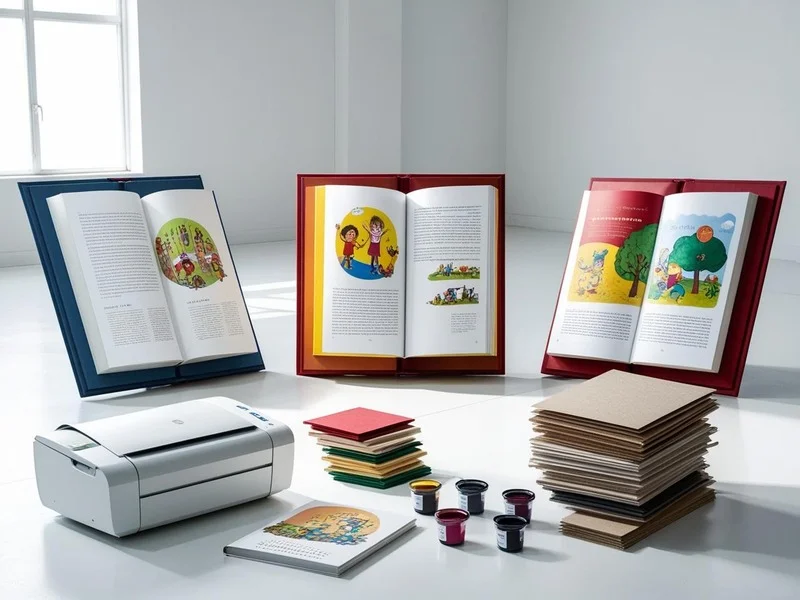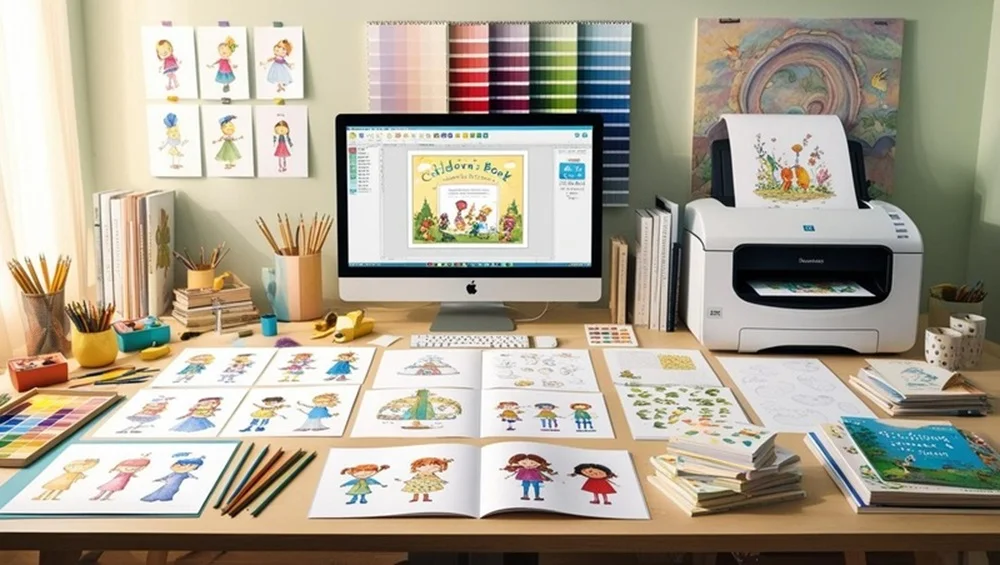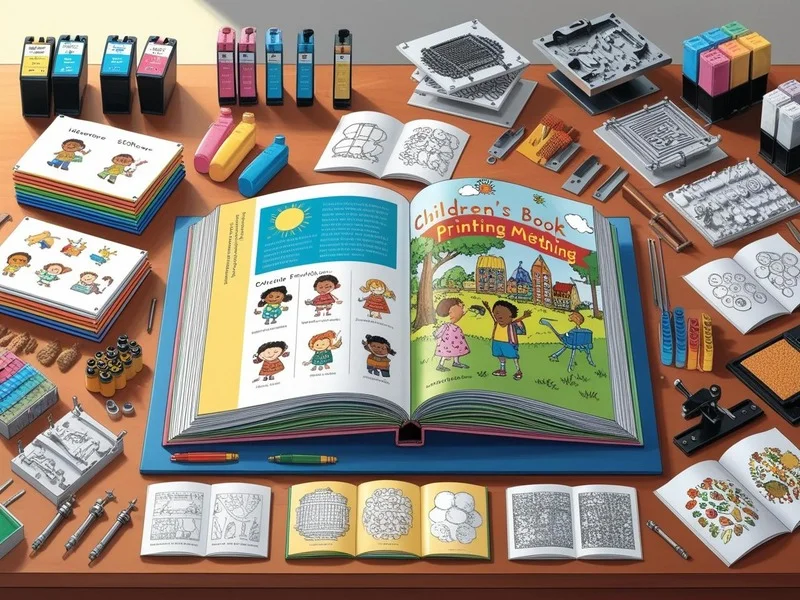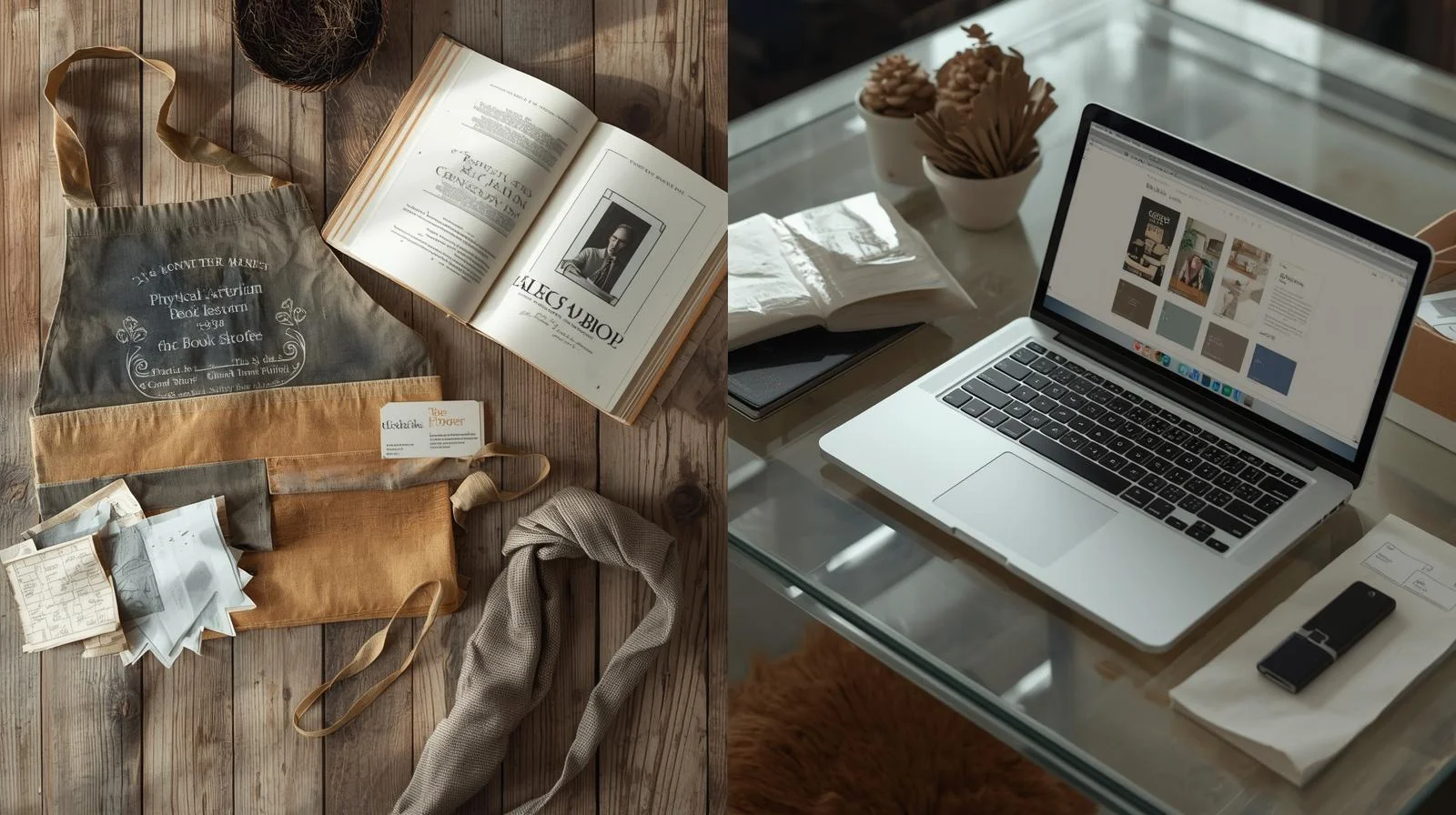Printing a children’s book is exciting but complex. As an illustrator, your artwork deserves to shine in print. This guide explains printing options, costs, and tips to ensure quality. It’s written for illustrators, authors, and self-publishers aiming for professional results.
Table of Contents
ToggleWhy Printing Matters for Children’s Books
Children’s books rely on vibrant visuals. High-quality book printing ensures your illustrations look sharp and colorful. Poor printing can dull colors or blur details, disappointing readers. Choosing the right printing method saves time, money, and stress.
- Visual Impact: Bright colors and clear images engage young readers.
- Durability: Sturdy pages withstand rough handling by kids.
- Professionalism: Quality printing builds trust with buyers.
Types of Printing for Children’s Books
Two main printing methods suit children’s books: offset printing and print on demand (POD). Each has pros and cons.

Offset Printing
Offset printing produces high-quality books in large quantities. It’s ideal for traditional publishing or large runs.
- Pros: Superior color accuracy, bulk discounts, durable binding.
- Cons: High upfront costs, minimum order quantities (often 500+).
- Best for: Established authors or publishers with funding.
Print on Demand (POD)
POD prints books as ordered, reducing inventory risks. Platforms like Amazon KDP or IngramSpark offer POD services.
- Pros: Low upfront costs, no inventory storage, global distribution.
- Cons: Higher per-book cost, limited paper and binding options.
- Best for: Self-publishers or illustrators testing the market.
How to Prepare Artwork for Printing
Your illustrations must be print-ready to avoid costly mistakes. Follow these steps to prepare your artwork.
- Use High Resolution: Save images at 300 DPI for crisp prints.
- Choose CMYK Color Mode: RGB is for screens; CMYK ensures accurate print colors.
- Add Bleed: Include a 0.125-inch bleed area for full-page images.
- Check File Formats: Use PDF, TIFF, or EPS files for best results.
- Proof Your Work: Review digital proofs to catch errors early.
Choosing a Printer
Finding a reliable printer is key. Research printers that specialize in children’s books for better results.
- Reputation: Read reviews on platforms like Trustpilot.
- Specialization: Choose printers experienced with illustrated books.
- Samples: Request printed samples to assess quality.
- Support: Ensure the printer offers clear communication.
Popular printers include Mixam, Blurb, and BookBaby. Compare their pricing and services before deciding.
Understanding Printing Costs
Costs vary based on printing method, book size, and quantity. Here’s a breakdown.
| Printing Method | Cost per Book | Minimum Order |
| Offset Printing | $2–$5 | 500+ |
| Print on Demand | $5–$10 | 1 |
Additional costs include shipping, proofs, and design services (if needed). Budget for these extras.
Common Printing Mistakes to Avoid
Simple errors can ruin your book. Avoid these pitfalls.
- Low-Resolution Images: Blurry artwork disappoints readers.
- Ignoring Bleed: Missing bleed causes white edges on pages.
- Skipping Proofs: Unchecked errors lead to costly reprints.
- Wrong Paper Choice: Thin paper tears easily; heavy paper raises costs.
FAQ: Printing Children’s Books
Here are answers to common questions illustrators ask about printing.
How much does it cost to print a children’s book?
Costs range from $2–$10 per book, depending on the printing method and quantity. Offset printing is cheaper for large runs, while POD suits small orders.
What is the best paper for children’s books?
Choose 100–120 gsm glossy or matte paper for durability and vibrant colors. Board book paper is thicker for younger readers.
Can I print my book locally?
Yes, local printers can work, but ensure they handle children’s books. Compare their quality and pricing with online printers.
Tips for a Successful Print Run
Follow these tips to ensure your book looks professional.
- Test Small: Start with a small POD run to check quality.
- Work with Experts: Hire a designer if layout isn’t your strength.
- Plan Ahead: Allow 4–8 weeks for printing and shipping.
- Market Early: Share previews to build excitement.
Conclusion
Printing a children’s book is a big step. Choose the right printing method, prepare your artwork carefully, and select a reliable printer. Avoid common mistakes and use the tips above to create a book kids will love. Ready to start? Research printers today and bring your illustrations to life!
For any further questions or inquiries, feel free to contact us.






